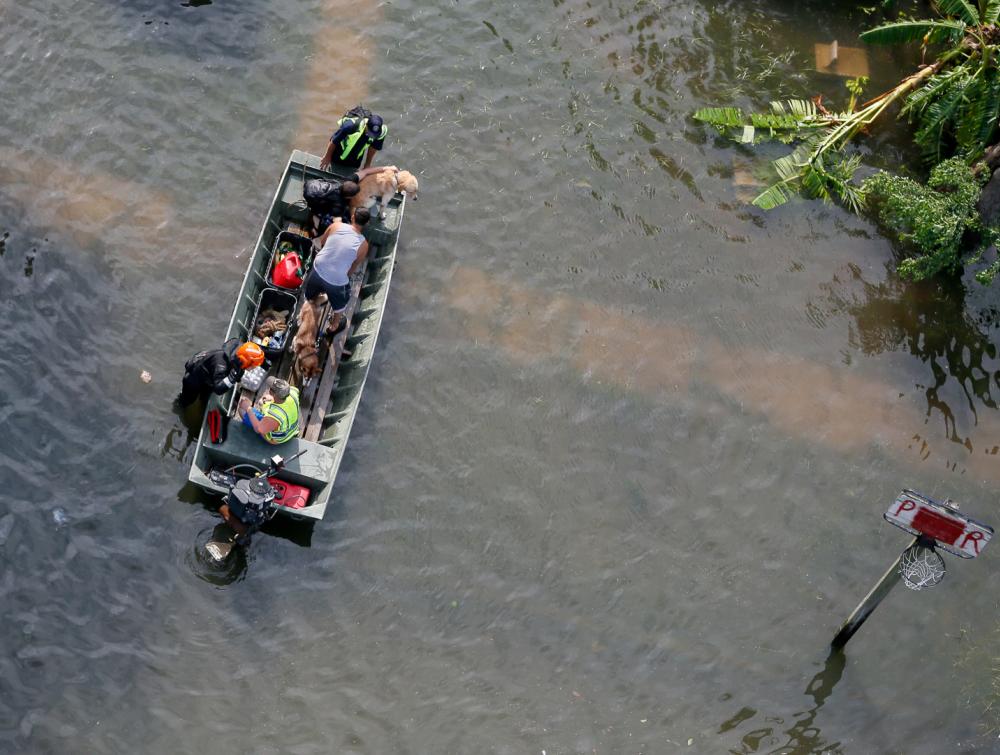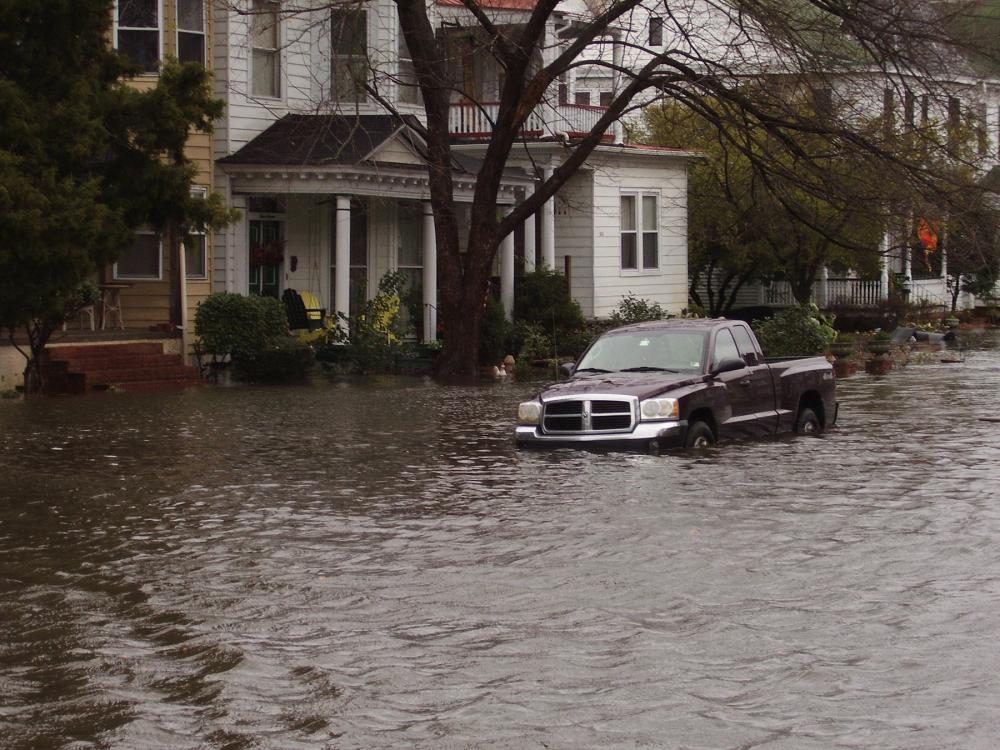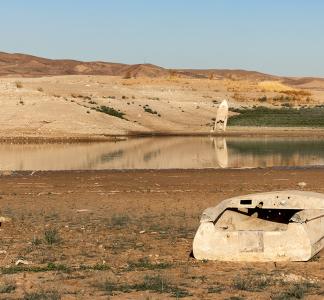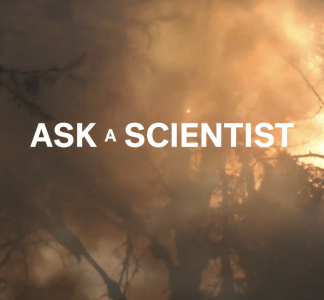Public lands & the climate crisis: Storms and flooding

Rescue operations in the wake of Hurricane Harvey, which attribution studies have linked to climate change
Staff Sgt. Daniel J. Martinez, U.S. Air National Guard, Flickr
Public lands and waters should be part of the solution
The Atlantic hurricane season last year went down as the third most active and one of the most destructive in history, according to the National Hurricane Center. Hurricane Ida alone, which made landfall in Louisiana, killed 87 people and led to $75 billion in damages. Ida’s winds, rains and flooding destroyed buildings, damaged homes and led to widespread power outages.
While scientists are still studying the connection between climate change and hurricanes, the data show that warmer waters are likely increasing evaporation rates and intensifying wind speeds in the ocean. Climate change experts believe these conditions could be giving ocean storms a “boost”—tropical storms are now more likely to become full-on hurricanes. A recent study, published in the journal Nature, found that human-induced climate change fueled stronger, wetter storms during the record-breaking 2020 Atlantic hurricane season.
Warmer waters likely cause conditions that give ocean storms a "boost" and make them more likely to become full-on hurricanes.
Beyond severe storms, climate change is just making some of our lives a lot wetter in general.
Researchers at Climate Central found that since the 1990s, 35 percent of American cities analyzed set new rainfall records. More and heavier rain along with less snow that melts more rapidly can be a ruinous combo. These conditions are generating their own set of problems, including episodes of flooding that are threatening communities and nature.
These patterns will continue in the future if global temperatures continue to rise. We need to do everything in our power to slow down climate change, and that includes better managing public lands.
Communities of color are the hardest hit

Flooding in Portsmouth, Va., a majority Black community identified as vulnerable to floods
Peter Stinson, Flickr
Low-income and Black and Brown communities are the most impacted by hurricanes, excessive rain and flooding.
Racist housing policies have frequently driven these communities into low-lying urban areas where green spaces are scarce and the ground is covered in pavement, concrete and highways. These conditions create entire neighborhoods with no drainage, facilitating the worst impacts of severe precipitation and leading to more infrastructure damage.
Coastal communities face an additional challenge: rising sea-levels. University of California scientists found that affordable housing units on the coast will be three times more likely to flood in the year 2050 compared to the early 2000s. What’s more, many families living in these units will experience flooding four times per year or more.
Unsurprisingly, low-wealth and communities of color also have a harder time getting back on their feet after a precipitation-related disaster. They often have unequal access to flood protection and receive less assistance from the federal government due to racism and other systemic barriers. As a result, this type of event can leave deep financial, physical and mental scars that take many years to heal.
End to fossil fuels on public lands and waters
Preserving more of public lands as green spaces, including urban parks and grasslands, can help relieve the impacts of a wetter climate. They allow water to infiltrate the soil instead of simply running off into the streets. Healthy wetlands and coastal areas even help buffer against storms, acting as natural sponges that lessen swells and stabilize coastlines.
More broadly, transitioning public lands and waters away from fossil fuel extraction and allowing them to support responsible renewable energy or act as natural carbon stores can help to slow down climate change and reduce the occurrence and severity of extreme weather events – including hurricanes, storms and flooding.
Of course, a just economic transition cannot happen overnight. We need a suite of policies and federal actions to support both frontline and fossil fuel reliant communities. The federal government must involve and invest in both the communities that depend on fossil fuel jobs and those most impacted by its pollution.
With another “above average” hurricane season on the horizon for 2022, the time for a fast and fair transition away from fossil fuels on public lands has never been so urgent.



